When I first started building my credit, I didn’t quite understand the importance of credit utilization. I knew that paying my bills on time was crucial, but I didn’t realize that the amount of credit I was using could also impact my credit score. After doing some research and making some changes, I was able to lower my credit utilization and improve my credit score.
One of the first things I did was to check my credit utilization ratio.
Your credit utilization rate represents the percentage of your available credit that you are currently using.
To calculate this number, divide your total credit limit by the amount you owe on each account.
For example, if you owe $10,000 on a credit card, but only have $2,500 available on it, your credit utilization rate would be 25 percent. Remember that you must include the balances of all your open accounts when calculating your credit utilization rate.

I had been juggling my finances, trying to strike the right balance between spending and saving. My credit cards, with their varying limits and interest rates, often felt like a puzzle I was perpetually trying to solve.
One evening, after a deep dive into personal finance blogs and forums, I decided it was time to make a calculated change. My credit utilization ratio—the percentage of my credit limit that I was using at any given time—was hovering around 45%, well above the recommended 30% threshold that financial experts advise. I knew that high credit utilization could negatively impact my credit score, and I was determined to turn things around.
I sat down at my desk, a sturdy oak piece that I had since my college days, and laid out all my credit card statements. The numbers were clear: I had a total credit limit of $25,000 across all my cards, which meant to maintain a utilization below 30%, I needed to keep my total balances under $7,500.
Armed with this knowledge, I crafted a plan. I started by paying down the card that was closest to being maxed out, bringing the balance down to just 20% of its limit. This card had a limit of $5,000, and I had been flirting dangerously close to the cap with a balance that often crept up to $4,500. By paying it down to $1,000, I not only improved my utilization but also freed up more credit for emergencies.
Next, I turned my attention to a card with a higher limit of $10,000 but a lower interest rate. I had been using this card for larger purchases, and the balance sat at around $6,000. I decided to transfer part of this balance to a new card I had acquired with a 0% introductory APR on balance transfers. This move allowed me to tackle the debt without accruing more interest, and it helped to spread my utilization across the cards more evenly.
I continued this process, meticulously adjusting my spending habits and paying down balances, until my overall utilization dropped to 28%. The change didn’t happen overnight, but within a few months, I started to see the fruits of my labor. My credit score began to climb, and I felt a newfound sense of financial freedom. The monthly statements that once filled me with dread now served as a testament to my hard work and discipline.
I also became more strategic about how I used my credit cards, reserving them for planned expenses and benefits like cashback rewards and travel points, rather than impulse buys.
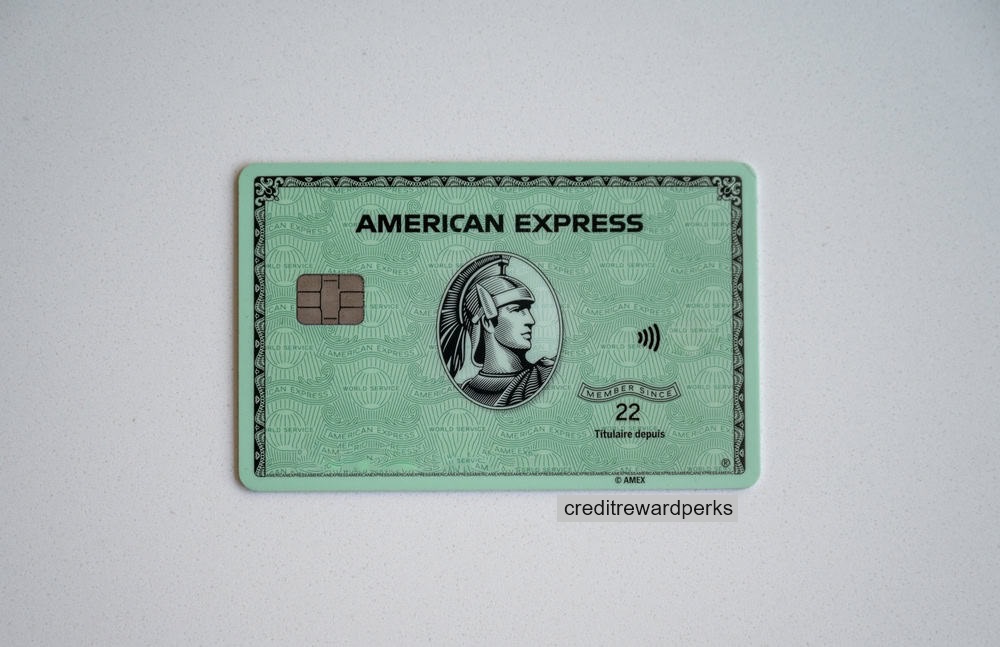
Keep credit utilization rate below 30%
To avoid a poor credit score, keep your credit utilization rate below 30%. This number is based on the FICO scoring model, which says that consumers with a score of 800 or higher use just seven percent of their available credit. Keeping your credit utilization rate below 30% shows that you are using your credit responsibly and not overspending. While a low utilization rate does not guarantee a perfect score, it can help your score and avoid costly errors.
For example, if you have a credit card with a limit of $1,000, use just 10 to 100 percent of it every month, or no more than $300. When it comes to your credit score, the 30% rule is a good benchmark to follow, but it’s not set in stone. You should use no more than 30 percent of your available credit, depending on your financial situation and other financial commitments. Credit card companies report monthly to the credit bureaus.
While it’s desirable to pay off your credit card, you should also consider other impacts of not using your credit. In addition to not utilizing your credit, you might miss out on reward points or other incentives. In addition to negatively impacting your credit score, not using your credit card will raise suspicion of inactivity. By using your credit cards responsibly, you can increase your score and build a positive payment history. By regularly checking your accounts and making timely payments, you can ensure that your credit utilization ratio stays below 30% and avoid negative consequences.
The average credit utilization rate has been steady at 25%.

Keep credit utilization rate below 9%

There are a few simple ways to improve your credit score and keep your credit utilization ratio at a healthy level. You can try using a credit utilization calculator or a credit monitoring app to find out what your credit score is. But even if you can’t afford one, you can do it yourself by keeping your balances to a minimum. In any case, you should try to keep the rate between 1% and 9%.
One way to improve your score is to pay off your credit card balances each month. This will reduce your total balance and lower your credit utilization ratio. It’s also important to pay off your cards before their due dates so that your credit card issuer won’t report them as having a high balance. Remember that this can also affect your credit score so you should try to avoid making large purchases as much as possible. Keep in mind that using a credit card to consolidate debt can lower your score so it’s best to limit the amount of available credit you have.
Using a credit card to make everyday purchases is also important. Your credit score is calculated from your account balance on the statement closing date. Using a credit card with a zero balance can improve your credit score and keep your balance low. By following these rules, you will be able to maintain a high credit score while making a minimum monthly payment. But remember: never go beyond that. If you have a credit card that has a low balance, use it only when you really need it.

Avoid 0% credit utilization rate
Having a 0% credit utilization rate on all of your credit cards is not recommended. This is a red flag for lenders. The only way to achieve this is by paying off your entire balance before the statement closes. If you’ve reached this level, it may be time to switch credit cards. While there are several good reasons to keep your credit utilization below 30%, there are also many reasons not to. Listed below are a few reasons not to do this.
Increase your payments regularly. If your credit card balances regularly exceed 30% of your credit limit, you’ll want to make the minimum payment each month. This will allow you to keep your utilization rate low when reported to the credit bureaus. Try to make a payment a day or two before the due date. Sign up for balance notifications to be notified when your outstanding balance reaches 30%. While these tips may seem counterproductive, they can help you achieve the goal of a 0% credit utilization rate.
Keeping your balances low is important for your credit score. Credit card companies use the credit utilization ratio to evaluate your financial health. It shows how much you’re using your credit. If you’re using all of your credit cards, it’ll show up on your credit report as high credit use. By avoiding credit card balances, you’ll improve your overall score and improve your chances of getting approved for new loans.
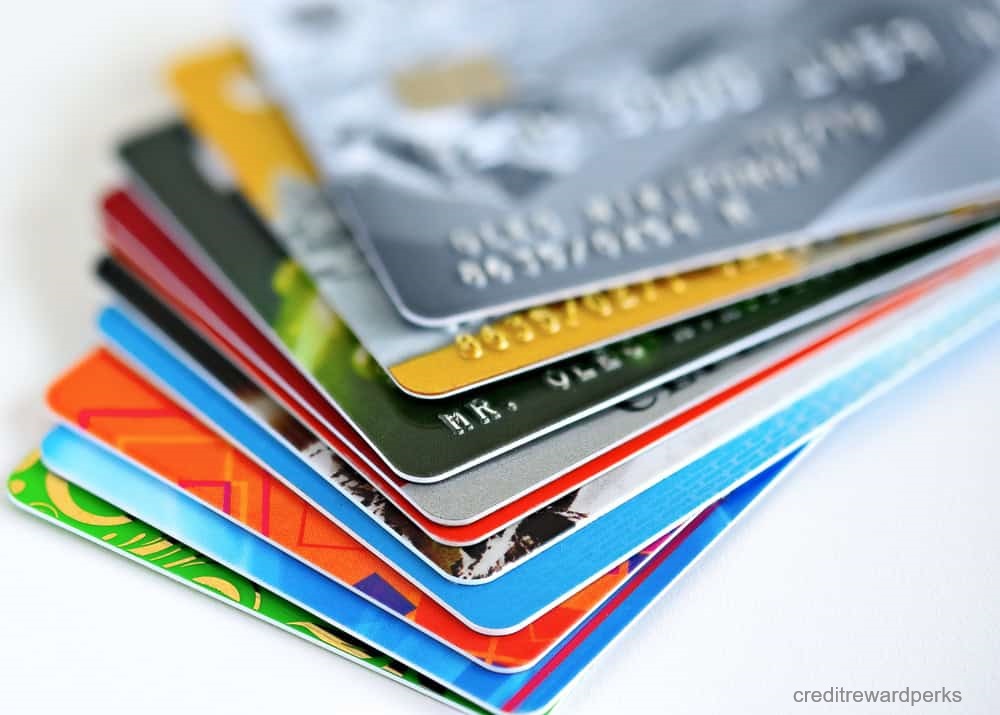
Personal loans lower credit utilization rate

When you are seeking a personal loan to meet a specific financial need, consider the effect that it will have on your credit utilization rate. This type of loan offers lower interest rates and can even help you pay off high-interest credit card balances. However, you should know that personal loans can have an adverse impact on your credit score. Fortunately, you can lower your credit utilization rate by making wise use of these loans. Read on to learn how to lower your credit utilization rate and maximize your approval.
Personal loans lower credit utilization rate by consolidating all of your debt into one account. This is because they are installment accounts and do not count as credit card balances. When you have one payment each month, you can pay off all of your credit card debt, thereby lowering your credit utilization ratio. Personal loans are also advantageous in that they can help you finance large purchases instead of using your credit cards. Personal loans also allow you to spend the money in whatever way you choose.
One of the biggest benefits of a personal loan is its ability to establish a positive payment history. Your payment history makes up around 35% of your credit score, so making payments on time and in full is a significant way to improve your credit rating. Because personal loans are installment loans, they do not count towards your credit utilization ratio. If you’ve maxed out your credit cards, a personal loan could be the perfect way to pay off those high-interest credit cards and improve your credit score.

VantageScore and FICO Score: The Role of Credit Utilization Rate
- FICO Score
FICO Score, developed by the Fair Isaac Corporation, is the most widely used credit scoring model in the United States. Credit utilization rate is a significant factor in the FICO scoring model, accounting for approximately 30% of the total score.
FICO Score considers both individual card utilization and aggregate utilization across all credit cards. To maintain a good FICO Score, it’s crucial to manage your credit usage across all your cards and keep your credit utilization rate below 30%.
- VantageScore
VantageScore is a credit scoring model developed by the three major credit bureaus: Equifax, Experian, and TransUnion. Like FICO, VantageScore also considers credit utilization rate as an important factor in determining an individual’s credit score.
While VantageScore does not disclose the exact weight of credit utilization in its scoring model, it is known to be a highly influential factor. VantageScore also takes into account both individual and aggregate utilization rates.
Key Differences between VantageScore and FICO Score
Although both scoring models consider credit utilization rate, there are some notable differences between VantageScore and FICO Score:
- Scoring Ranges: FICO Scores generally range from 300 to 850, while VantageScore ranges from 300 to 850 for the latest model, VantageScore 4.0.
- Model Versions: FICO has several versions of its scoring model, including industry-specific models. VantageScore also has multiple versions, with VantageScore 4.0 being the most recent.
- Weight of Factors: FICO provides clear guidelines on the weight of each factor in its scoring model, while VantageScore does not explicitly disclose the weights. However, both models consider credit utilization rate as a highly influential factor.
- Minimum Scoring Criteria: FICO requires at least six months of credit history to generate a score, while VantageScore can generate a score with just one month of credit history or one account reported within the past 24 months.
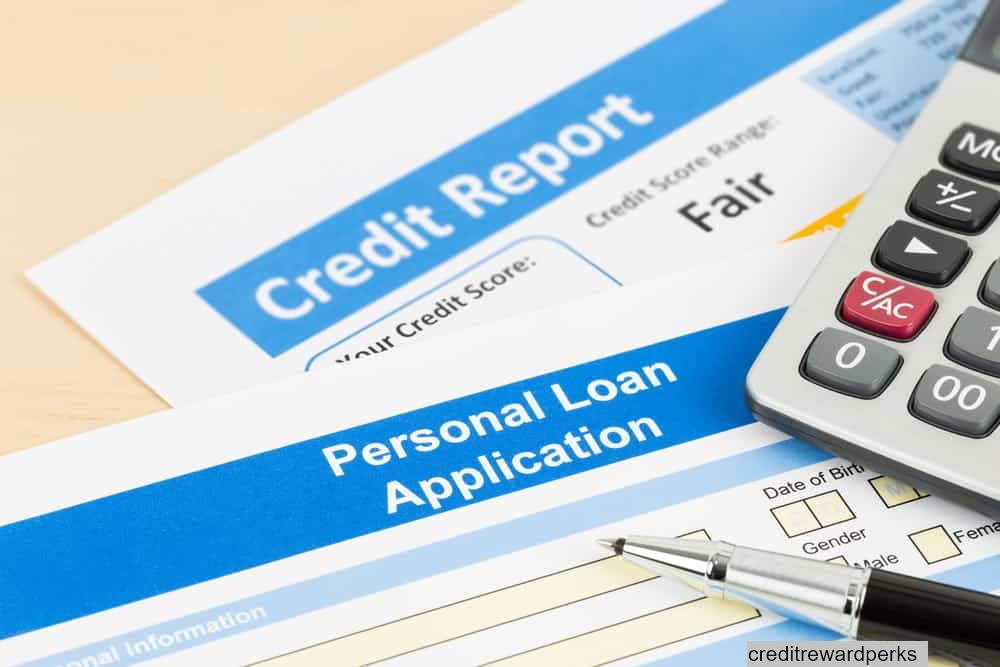
Applying for another credit card
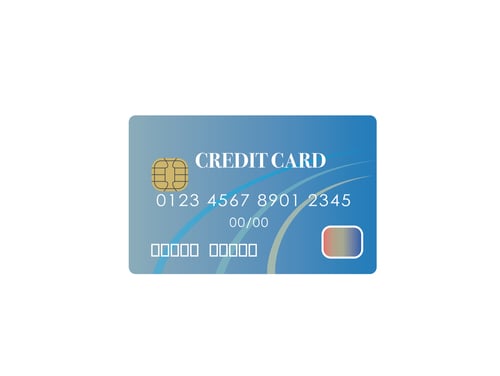
Rather than canceling your current card, apply for another one. This way, the new card’s utilization rate will remain low while the existing credit line is considered. However, while the new application is in progress, the existing line will be counted toward your total credit limit. Applying for another card will also affect your credit score, so consider all your options before making the decision. This way, you will have a higher chance of obtaining a larger credit limit from the card company.
While applying for another card will increase your total credit limit, it may not improve your credit score. In fact, it may actually hurt it. Having more than one card will tempt you to spend more than you can afford. Besides, it will increase the number of accounts you have and negatively affect your overall credit score. Instead, it’s better to focus on paying off your existing credit cards, and using your extra savings to pay down your balance.
Keeping your credit utilization ratio low is crucial if you want to improve your credit score. You should avoid making large purchases, such as buying a home, a car, or a vacation. You should try to pay off your balances as quickly as possible, and preferably before the due date. However, this method will only help you in the short term. Applying for another credit card to lower your credit utilization rate is only necessary if you plan on applying for another loan soon, or if you are keen on keeping your highest possible score.
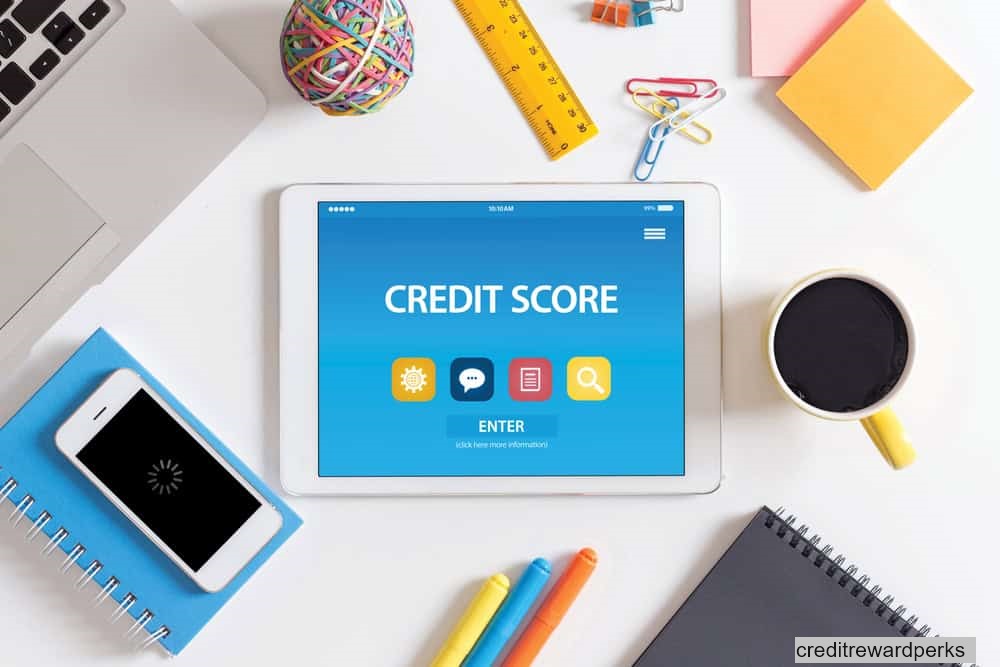
Closing a zero-balance account
If you have several zero-balance credit cards, closing one of them can significantly increase your credit utilization rate. Using these cards is advantageous since they come with no annual or monthly fee and you can use them as and when you need to. However, closing an account can have adverse effects on your credit score, so it is essential to use them wisely. To avoid the negative impact of closing a zero-balance credit card, consider these tips.
Generally, you should avoid closing a zero-balance credit card because it will significantly raise your credit utilization rate. However, you should consider the financial situation and personal preference before deciding whether to close an account. Before making any decisions regarding your credit, it is advisable to get a free copy of your credit report and FICO score from Experian or VantageScore. Credit monitoring will allow you to stay on top of your score and take necessary steps to prevent credit card debt.
If you have an existing zero-balance account, you should consider closing it before deleting it completely. Doing so will lower your credit score for a while, so make sure to keep your other zero-balance accounts open. If you want to raise your credit score quickly, you can downgrade your existing credit card and avoid paying an annual fee. For those who have poor credit histories, UltraFICO and Experian Boost are two excellent tools to use. Using these tools is easy and quick, and you can see the results instantly.
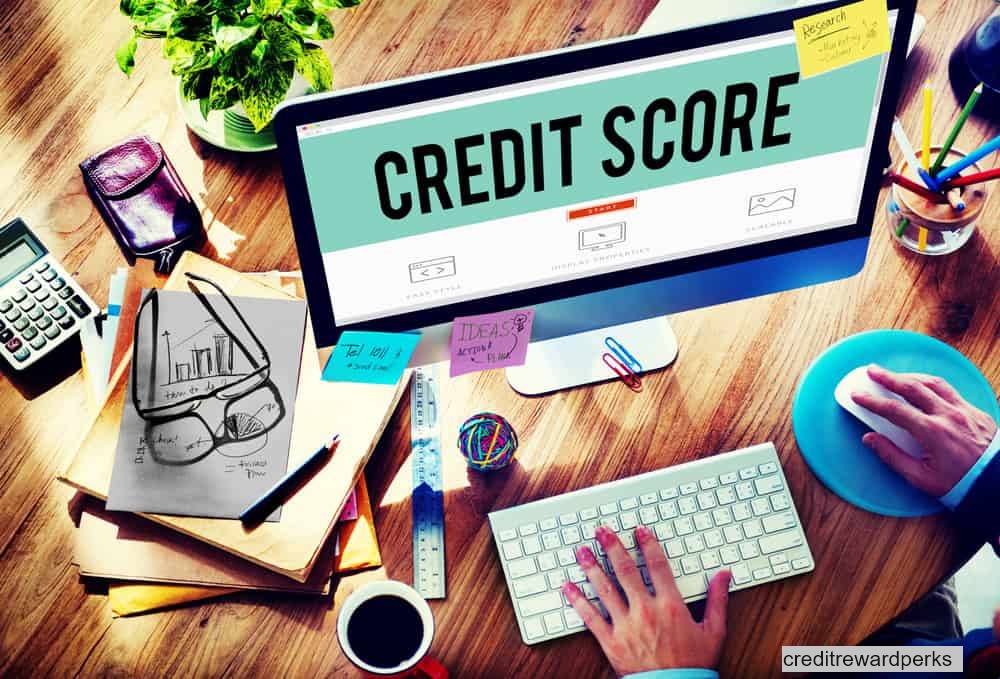
Other ways to reduce credit utilization ratio
Using less credit is a great way to lower your credit utilization ratio. Paying off your balance on your credit cards regularly is also a good way to reduce your balance. Delaying gratification can be hard, but it will pay off in the long run. You can also use other debt repayment strategies to lower your credit card balances. Make multiple payments on your credit cards each month. Make extra payments when you get paid, if possible.
When approving a loan, a lender will take into account your credit utilization ratio. If you have a high balance on a credit card, this may make the lender think that you don’t have enough money in your account to pay off the entire balance. This can negatively impact the approval of your loan. To lower your credit utilization ratio, pay down your credit card balances and temporarily adopt a zero balance strategy, which means paying off all of your debts before your credit card issuer reports the balance on your account.
You can calculate your credit utilization ratio by adding up all of your credit card balances. Then, divide the total balances on all your cards by their total credit limits. Then, multiply the two numbers. A lower ratio will increase your credit score, and a higher one will make your lenders nervous about your ability to pay back the loan. By paying down your debt on time and avoiding late fees, you can decrease your credit utilization ratio.
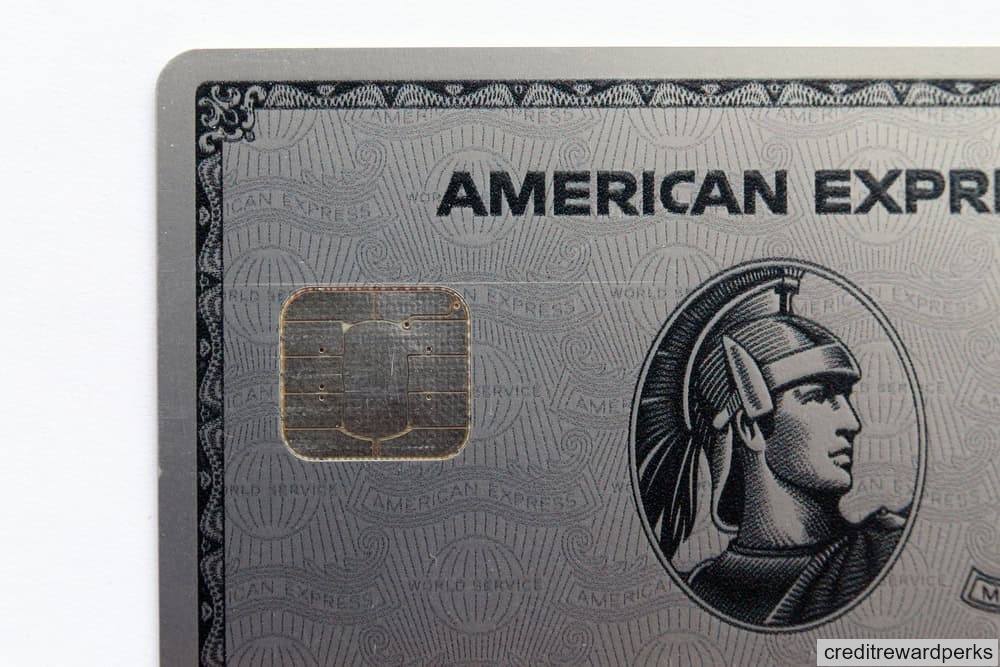
In conclusion, lowering my credit utilization was a smart move that helped me improve my credit score. I followed some tips to lower my credit utilization, such as paying down my balance early, requesting a credit limit increase, and using my credit cards responsibly.
By doing so, I was able to reduce my credit utilization ratio, which is the amount of credit I use compared to my credit limit. This ratio is an important factor that affects my credit score, so keeping it low is crucial.
Moreover, I learned that my credit utilization ratio can change even if I don’t spend more money on my credit cards. This is because my usage depends on the balance that my card’s issuer reports to the credit bureaus, not how much I spend each month.
1. What is credit utilization?
Credit utilization is like the magic potion that determines how much of your available credit you’re actually using. It’s a bit like filling up a water balloon—credit bureaus want to see that you’re not stretching your credit limits to the point of bursting.
2. How does credit utilization affect my credit score?
Credit utilization is like the love-hate relationship of the credit world. A low credit utilization is like a big warm hug from lenders, boosting your credit score and making you feel like a financial superstar. But if your credit utilization gets too high, it’s like trying to fit into your favorite jeans after a year of indulging in pizza—tight and uncomfortable.
3. What is considered a good credit utilization ratio?
Think of a good credit utilization ratio as the Goldilocks zone—not too high, not too low, but just right. Aiming for a utilization ratio below 30% is like finding that “just right” bowl of porridge. It shows lenders that you’re responsible with your credit and not going overboard with your spending.
4. How can I calculate my credit utilization ratio?
Calculating your credit utilization ratio is like solving a fun math puzzle. Take the total balance on your credit cards and divide it by the total credit limits. Then multiply the result by 100 to get your utilization percentage. It’s like being a financial mathematician, impressing everyone at the math party.
5. Can a high credit utilization ratio hurt my credit score?
Oh, absolutely! A high credit utilization ratio is like wearing a neon sign that says, “I love debt!” It can make lenders raise their eyebrows and think twice about granting you credit. Keeping your credit utilization in check is like wearing a stylish outfit—it leaves a positive impression and makes you more appealing to lenders.
6. How can I improve my credit utilization ratio?
Improving your credit utilization ratio is like going on a financial diet. You can start by paying down your credit card balances and keeping them as low as possible. It’s like shedding those extra pounds of debt and feeling lighter on your financial feet.
7. Can a low credit utilization ratio be a good thing?
Absolutely! A low credit utilization ratio is like having a superhero cape in your financial arsenal. It shows lenders that you’re a responsible credit user, keeping your spending under control, and avoiding the temptations of unnecessary debt. It’s like being a financial superhero, swooping in to save the day with your impeccable credit habits.
8. Should I aim for a 0% credit utilization ratio?
While a 0% credit utilization ratio might sound tempting, it’s like trying to resist a freshly baked chocolate chip cookie—it’s just not realistic. Lenders want to see that you’re actively using credit and managing it responsibly. So, aim for a low utilization ratio, but don’t be afraid to indulge in a little credit here and there. It’s like finding the perfect balance between financial discipline and enjoying life’s little pleasures.
9. Can a high credit utilization ratio make my credit score scream like a horror movie victim?
Oh, the horror! A high credit utilization ratio is like a haunting specter that can send shivers down your credit score’s spine. It’s as if Freddy Krueger himself is slashing away at your creditworthiness. So, keep your credit utilization low and prevent your credit score from turning into a chilling nightmare.
10. Can I blame my high credit utilization on my love for avocado toast?
Ah, the infamous avocado toast! While it’s tempting to blame your high credit utilization on your brunch addiction, lenders won’t be swayed by your culinary choices. So, resist the urge to blame those creamy green slices for your financial woes and focus on reducing your credit card balances instead.
11. Can a low credit utilization ratio make my credit score do the happy dance?
Absolutely! A low credit utilization ratio is like a catchy tune that makes your credit score want to bust a move. It’s as if your credit score is twirling around with joy, singing, “I’m low on utilization, I’m feeling so good!” So, let your credit score groove to the rhythm of low utilization and keep the good vibes flowing.
12. Can I use my credit utilization ratio as an excuse for a shopping spree?
Ah, the tempting excuse! While it might be tempting to use your credit utilization ratio as a reason to indulge in a shopping spree, it’s like trying to justify eating an entire pizza because you had a salad last week. Responsible credit management means keeping your spending in check and using credit wisely, not as an excuse to max out your cards.

